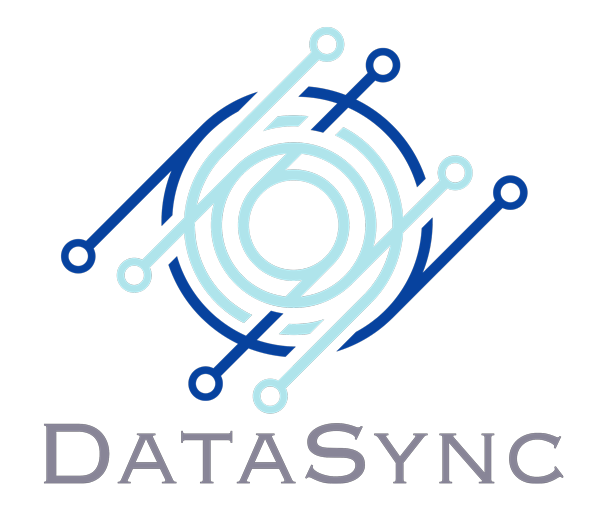In today’s investment and wealth management environment, data is more than just a valuable asset—it’s the lifeblood of every organisation. Yet, many firms still struggle with fragmented, inconsistent, and inaccessible data. This issue, often referred to as “data silos,” can lead to inefficiencies, errors, and missed opportunities. Blackstone DataSync is here to guide you through transforming your data from a stinky mess to a well-synced, powerful resource.
The Challenge of Data Silos
Data silos occur when different departments or systems within an organisation do not communicate effectively, leading to isolated pockets of data. We have worked with private asset businesses that rely on manual reconciliation of updates of research systems, back office and settlements, and their security master. These silos can cause numerous problems:
-
Inconsistent Information: Different versions of the same data can exist across departments, leading to conflicting insights and decisions. A company could only conduct credit reviews twice a year because it would take time to pull together and reconcile all the information to present to the committee.
-
Inefficiency: Manual processes are often required to reconcile these data discrepancies, wasting time and resources. One client required three people only a quarter to spend three weeks reconciling and cleaning up data before they could do client reporting.
-
Missed Opportunities: Without a unified view of data, organisations can miss critical insights that drive innovation and growth. Have you ever been so slow to turn around critical data queries that you miss out on a new client, upselling to a client or an investment opportunity?
The traditional approach to solving data silos has been to create a single master data repository. However, this idea is increasingly becoming obsolete.
The Declining Concept of a Single Master of Data
-
Scalability Issues: As organisations grow, so does their data. Managing a single repository becomes challenging, leading to potential performance bottlenecks. Coordinating across several platforms, departments, or systems to ensure agreement on a change or enhancement to an existing data set can take a long time – months, if not quarters to get right.
-
Flexibility Constraints: Different departments have unique data needs and may use specialised systems that are not easily integrated into a single repository. How often have you found that one department has a different definition of a simple concept, like a customer?
-
Real-Time Challenges: In a world where real-time data processing is crucial, central repositories can struggle to keep up with the demand for instant data access and updates. Data management and governance appear to be concepts that slow down data delivery rather than speed it up.
Many organisations turn to data integration as a solution to data silos. Data integration involves combining data from different sources to provide a unified view and then passing that view of data into multiple downstream applications. You introduce the concept of what is upstream and downstream of your data master.
While integration is a step in the right direction, it only takes you part of the way:
-
Latency: Integrated systems can suffer latency issues, where data is not updated in real-time, leading to outdated information. Most integration solutions rely on overnight batch processes with multiple dependencies. You have to coordinate when each process can run based on when data is available from each upstream source—any failure of the batch results in inconsistencies. Even when everything goes to plan, you have systems that start the day aligned, but time drifts as the day progresses.
-
One way: Integration is just one way. Any downstream changes to data do not make their way back into the upstream systems. If you spot an incorrect assumption or information in the client reporting system, you fix it and don’t push the correct back into the source systems.
-
Costly: Integration typically focuses on bringing together data from key systems because it is costly and time-consuming. You only go part the way in keeping data consistent, and it can still lead to costly decisions or mistakes. Manual reconciliation processes are introduced throughout the integration.
Synchronisation: Achieving Bounded Data Integrity
This is where Blackstone DataSync and our flagship product, DataSync, come into play. DataSync goes beyond mere integration, providing a comprehensive synchronisation solution that ensures data consistency, accuracy, and accessibility across your entire organisation.
-
Real-Time Updates: DataSync ensures that all your systems are updated in real-time, providing accurate and timely data for decision-making.
-
Bounded Data Integrity: By synchronising data across all systems, DataSync maintains data integrity within defined bounds, ensuring that all departments work with the same accurate information. You can manage precisely what is synchronised by funds and attributes as delta or full records. You have ultimate flexibility and control over how each system interacts.
-
Scalability and Flexibility: Our solution is designed to grow with your organisation, easily accommodating new data sources and systems without compromising performance.
-
Simplified Management: DataSync reduces the complexity of managing data, allowing your IT team to focus on strategic initiatives rather than troubleshooting data discrepancies.
Transform Your Data with DataSync
At Blackstone DataSync, we understand data’s critical role in your business. Our DataSync solution is designed to eliminate data silos, move beyond the limitations of a single master data repository, and provide a synchronised, real-time view of your data.
Say goodbye to data that stinks and hello to data that syncs. Let us help you unlock the full potential of your data, driving efficiency, innovation, and growth across your organisation.
Ready to transform your data strategy? Contact us at Blackstone DataSync to learn more about how DataSync can synchronise your data and empower your business. Connect with us on LinkedIn and visit our website for more insights and solutions.

